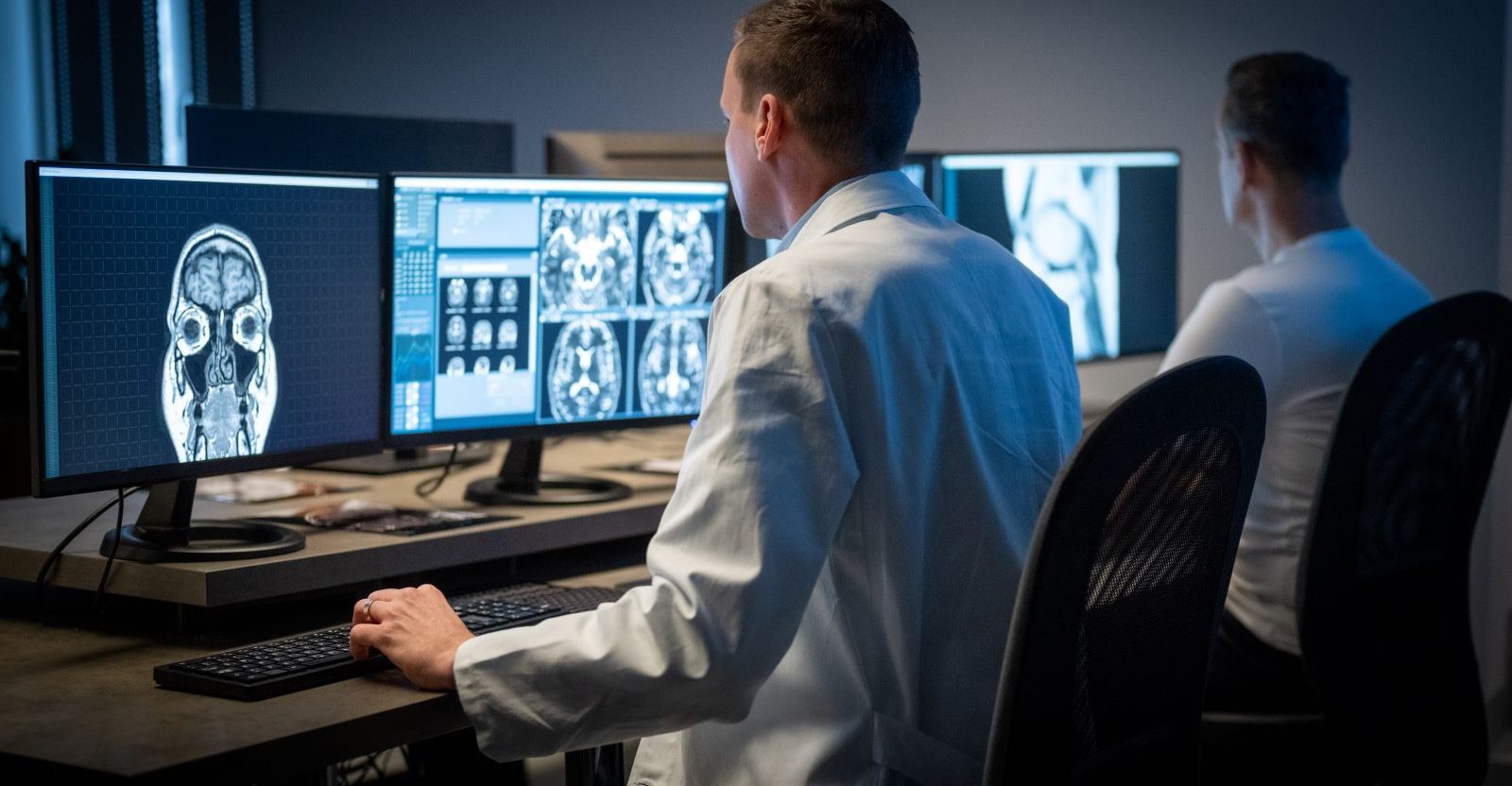<< Back
New Therapies Provide High Hopes for Brain Tumor Patients

September 09, 2022
By Paul Schwartz, PhD MD
Director of Neurosurgical Oncology and Skull Base Surgery
Hartford Hospital and the Ayer Neurosciences Institute
Although the majority of tumors found in the brain arise elsewhere in the body and then spread to the brain (metastatic brain tumors), about 10% are gliomas – tumors that start in the cells found in the brain and spinal cord.
Gliomas are diagnosed in approximately 25-30,000 people in the United States per year. There are many different kinds of gliomas, ranging from benign (non-cancerous) tumors to extremely aggressive tumors. Gliomas are sorted into four categories based on how aggressive they are, with one being the least aggressive and four being the most aggressive.
All four behave differently, which necessitates very different approaches to treatment. Obtaining an accurate diagnosis from the start is crucial to providing the appropriate treatment.
Symptoms to watch for
Gliomas are typically diagnosed following the onset of symptoms such as:
- Seizures
- Changes in cognitive ability
- Weakness
- Problems with vision
- Headaches (rarely)
These symptoms can appear rapidly or they may progress gradually. Occasionally gliomas are discovered during a brain scan performed following a head injury.
Diagnosis is key
Diagnosis is based partially on the appearance of the tumor on imaging studies (such as CT scan or MRI), but even more by examining a sample of the tumor under a microscope. This allows for an evaluation of the physical appearance of the tumor cells and of the specific molecules they carry.
A Hartford HealthCare team of neurosurgeons, neuro-oncologists, neuro-radiation oncologists, nurses, rehabilitation specialists and researchers meet weekly to discuss all new patients and potential therapy options.
Small, seemingly benign tumors can be watched very carefully with imaging studies at close intervals to evaluate them for growth or other changes in appearance. If the tumor becomes symptomatic or changes in appearance during imaging studies, it is appropriate to consider a biopsy or surgical removal.
Surgical treatment of gliomas
In general, the goals of surgery are to:
- Remove the tumor and follow up with chemotherapy and radiation.
- Provide tissue for diagnosis.
- To stabilize neurologic function, which has often significantly deteriorated by the time an operation is considered.
Postoperative considerations
Tumors in the brain, including gliomas and metastatic tumors, are often accompanied by swelling. Swelling is often treated with steroids or other therapies; however, the surgery itself often decreases brain swelling after some time. If the tumor and surrounding swelling are significant, there is often a remarkable improvement in neurologic function after surgery.
Advanced techniques provide hope
Overall, brain cancer surgery is safer and more effective than ever before, especially with advanced imaging and monitoring techniques, including awake craniotomy and electrical mapping of motor function. We have high hopes that new therapies, will, over the next decade, lead to significant improvements in both the survival and quality of life of all glioma patients.